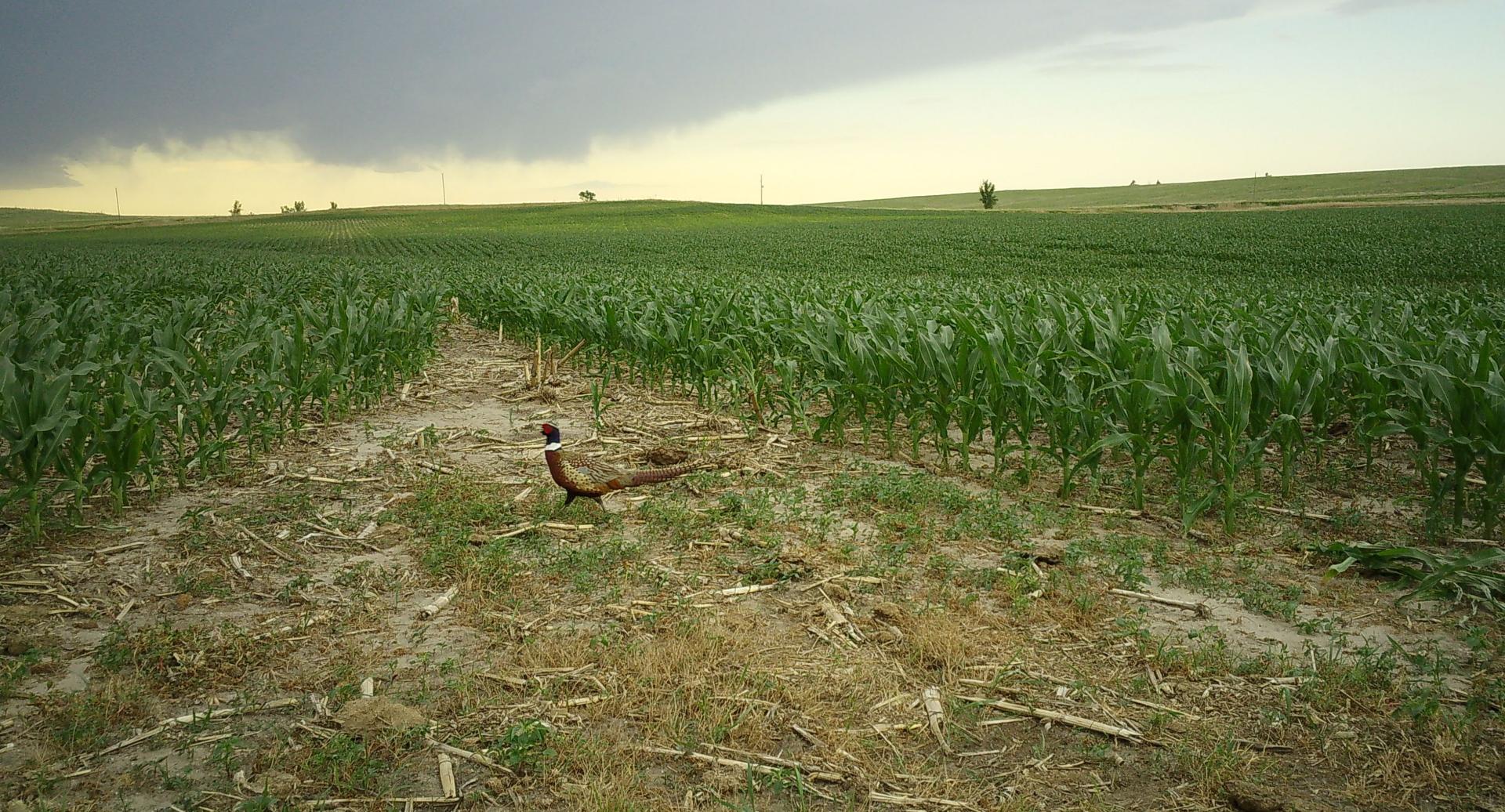Predators (natural or human) are one the most common sources of mortality for wildlife. In agricultural landscapes, predators can easily key in on certain patches that may be profitable for prey species because of patch size. For example, deer hunters know that one of the best places to hunt in an agricultural system is the isolated woodlots nestled among the fields. These are key locations because deer are edge species and they like to be active in areas where multiple cover types join.
Similarly, upland gamebirds regularly face the risk of nest predation, especially in highly fragmented landscapes where predators can easily key in on potential prey. This is why landscape-level conservation in agricultural landscapes is key! Through the use of landscape-scale conservation planning, on the ground habitat management (e.g., prescribed fire), and other methods we can create optimal conditions for wildlife to thrive in agricultural landscapes. It’s not an easy task but combining wildlife conservation with Landscape Ecology and Precision Conservation we can improve our natural resources.

If you’re interested in learning more about wildlife conservation in agricultural systems or want to join our lab, please contact Dr. Andrew Little at alittle6@unl.edu.
Photo credits: pheasant (Nebraska PF), pronghorn (Justin Haag, NEBRASKAland Magazine),corn irrigation (Larkin Powell), deer (Andrew Little), pheasant in field (Grace Schuster/AWESM lab)
